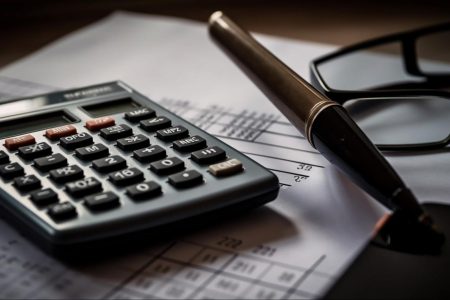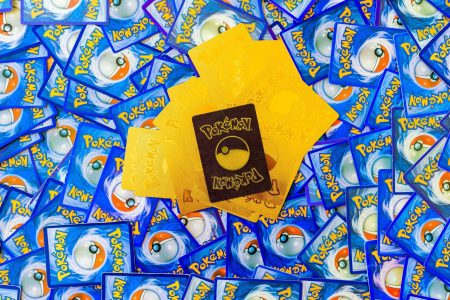© Reuters. A small toy figure and mineral imitation are seen in front of the BHP logo in this illustration taken November 19, 2021. REUTERS/Dado Ruvic/Illustration/file photo
By Melanie Burton and Sameer Manekar
MELBOURNE (Reuters) -BHP Group on Tuesday said it saw solid growth from some sectors in China as it logged its weakest annual profit since 2020, but added it was too early to assess the impact of Beijing’s policy measures on the country’s housing market.
In an earnings call to reporters, CEO Mike Henry said steel demand from Chinese sectors outside new housing starts, such as infrastructure, green infrastructure, automotive and property completions had been “pretty strong”.
The world’s biggest miner, though, was keeping a close eye on how Beijing’s policy steps to support housing starts translated into a real world impact, he said.
A recovery in the world’s second-largest economy has lost steam due to a worsening property slump, weak consumer spending and tumbling credit growth, adding to the case for authorities to release more policy stimulus.
While cutting its forecast for China’s growth to 5%-5.5% from 5.75%-6.25%, BHP still expects China to produce more than a billion metric tons of steel this year for the fifth year running, a relative bright spot in global markets. Western demand for commodities on the other hand has been seen hurt by the lagging impact of interest rate hikes.
“In the near term, while the outlook for the developed world is uncertain, we expect China and India to remain relative sources of stability for commodity demand,” BHP said.
Inflationary pressures would continue to impact its business in fiscal 2024, BHP warned, raising its spending estimates and estimating mining costs to be above pre-pandemic levels.
BHP declared a final dividend of $0.80 per share, down from $1.75 per share a year ago, equivalent to a 59% payout ratio and the third-largest full-year ordinary dividend in the company’s history. That was down from expectations by Macquarie analysts of a 65% payout.
BHP shares had slipped by 1.2% to A$42.98 by noon.
BHP’s underlying attributable profit for the year ended on June 30 fell by 37% from a year earlier to $13.42 billion as surging costs and a tight labour market in Australia crimped earnings. That missed a Refinitiv estimate of $13.89 billion.
The company’s profit and dividend were slightly disappointing, said portfolio manager Andy Forster of Argo Investments.
“You can’t deny that commodity prices have come off a fair bit from where they were, (but) they are still pretty healthy, the iron ore price in particular,” Forster said.
“Capex is clearly going higher. They have guided to that, spending more money in the next few years, given the inflationary environment and to reinvest in the business.”
Over the past year, prices for iron ore, BHP’s top revenue-generating commodity, retreated from peaks above $165 towards $100 as global supply chains normalised following the COVID pandemic. [IRONORE/]
BHP’s capital and exploration expenditures climbed 16% over the year to $7.1 billion as costs rose about 9%. BHP expects those expenditures to rise to $10 billion in the next two years.
That’s partly due to $1 billion a year that it will spend on its newly acquired Oz Minerals business, and as the company spends on growth such as the Jansen pot ash project in Canada, CEO Henry told reporters.
Jansen is expected to start production at end-2026, and BHP has brought forward a final investment decision for an expansion of the project to as early as this financial year.
Inflation is also expected to raise the floor for commodities prices, including and iron ore, BHP said, seeing prices for the latter trade around $80-$100 a ton.
BHP produces iron ore in Western Australia for $17.79 a ton.
Read the full article here









